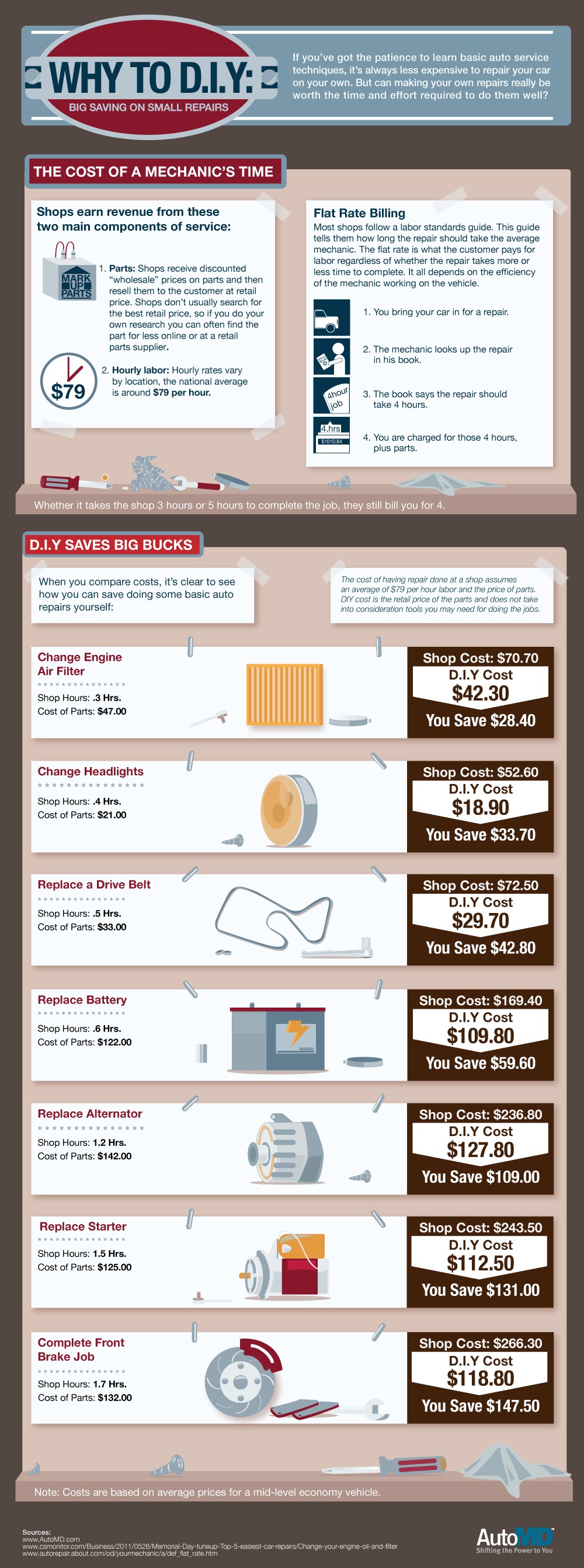Grasping The Significance Of Your Auto'S Warning Signals: What They In Fact Stand For
Grasping The Significance Of Your Auto'S Warning Signals: What They In Fact Stand For
Blog Article
Writer-Samuelsen Corbett
When you're behind the wheel, those radiant warning lights on your dashboard can be a bit perplexing. Do you understand what they're attempting to inform you regarding your vehicle's health? Understanding the value of these lights is important for your safety and security and the long life of your automobile. So, the next time one of those lights pops up, would not you want to decode its message precisely and take the necessary actions to address it?
Common Caution Lighting and Interpretations
Recognize common caution lights in your automobile and recognize their definitions to make sure safe driving.
The most common warning lights consist of the check engine light, which indicates issues with the engine or exhausts system. If this light comes on, it's crucial to have your lorry examined quickly.
https://www.harlemworldmagazine.com/top-5-most-helpful-auto-mechanic-magazines/ cautioning light indicates reduced oil pressure, requiring prompt attention to prevent engine damages.
A blinking battery light may recommend a defective billing system, potentially leaving you stranded otherwise resolved.
The tire stress surveillance system (TPMS) light notifies you to reduced tire stress, affecting vehicle stability and gas performance. Overlooking this can cause harmful driving problems.
The abdominal muscle light shows a trouble with the anti-lock braking system, compromising your ability to quit swiftly in emergencies.
Finally, the coolant temperature alerting light warns of engine overheating, which can result in extreme damage otherwise dealt with swiftly.
Comprehending these usual warning lights will certainly help you attend to problems quickly and keep risk-free driving problems.
Importance of Prompt Interest
Understanding the usual warning lights in your car is just the first step; the significance of without delay attending to these warnings can not be emphasized sufficient to ensure your safety when traveling.
When a caution light illuminates on your control panel, it's your automobile's method of communicating a potential problem that needs focus. Overlooking these warnings can lead to more extreme problems later on, jeopardizing your safety and potentially costing you more in repairs.
auto deatiling to alerting lights can avoid malfunctions and mishaps. For instance, a blinking check engine light can indicate a misfire that, if left ignored, can cause damage to the catalytic converter. Resolving this quickly can save you from a pricey fixing.
Likewise, a brake system warning light could signal reduced brake fluid or used brake pads, critical elements for your security when driving.
Do It Yourself Troubleshooting Tips
If you notice a caution light on your control panel, there are a few DIY repairing tips you can attempt prior to looking for expert assistance.
The very first step is to consult your car's handbook to understand what the specific caution light indicates. Occasionally the issue can be as simple as a loosened gas cap setting off the check engine light. Tightening up the gas cap may solve the problem.
One more common concern is a reduced battery, which can trigger numerous warning lights. Inspecting the battery links for corrosion and guaranteeing they're safe might deal with the problem.
If a caution light continues, you can attempt resetting it by detaching the automobile's battery for a few minutes and then reconnecting it. Additionally, inspecting your automobile's liquid degrees, such as oil, coolant, and brake liquid, can aid troubleshoot cautioning lights related to these systems.
Verdict
To conclude, recognizing your car's caution lights is necessary for maintaining your automobile running smoothly and safely. By promptly attending to Highly recommended Internet site and knowing what they indicate, you can avoid pricey fixings and possible malfunctions.
Keep in mind to consult your automobile's guidebook for specific information on each cautioning light and take action accordingly to make sure a hassle-free driving experience.
Stay informed, remain secure when driving!
